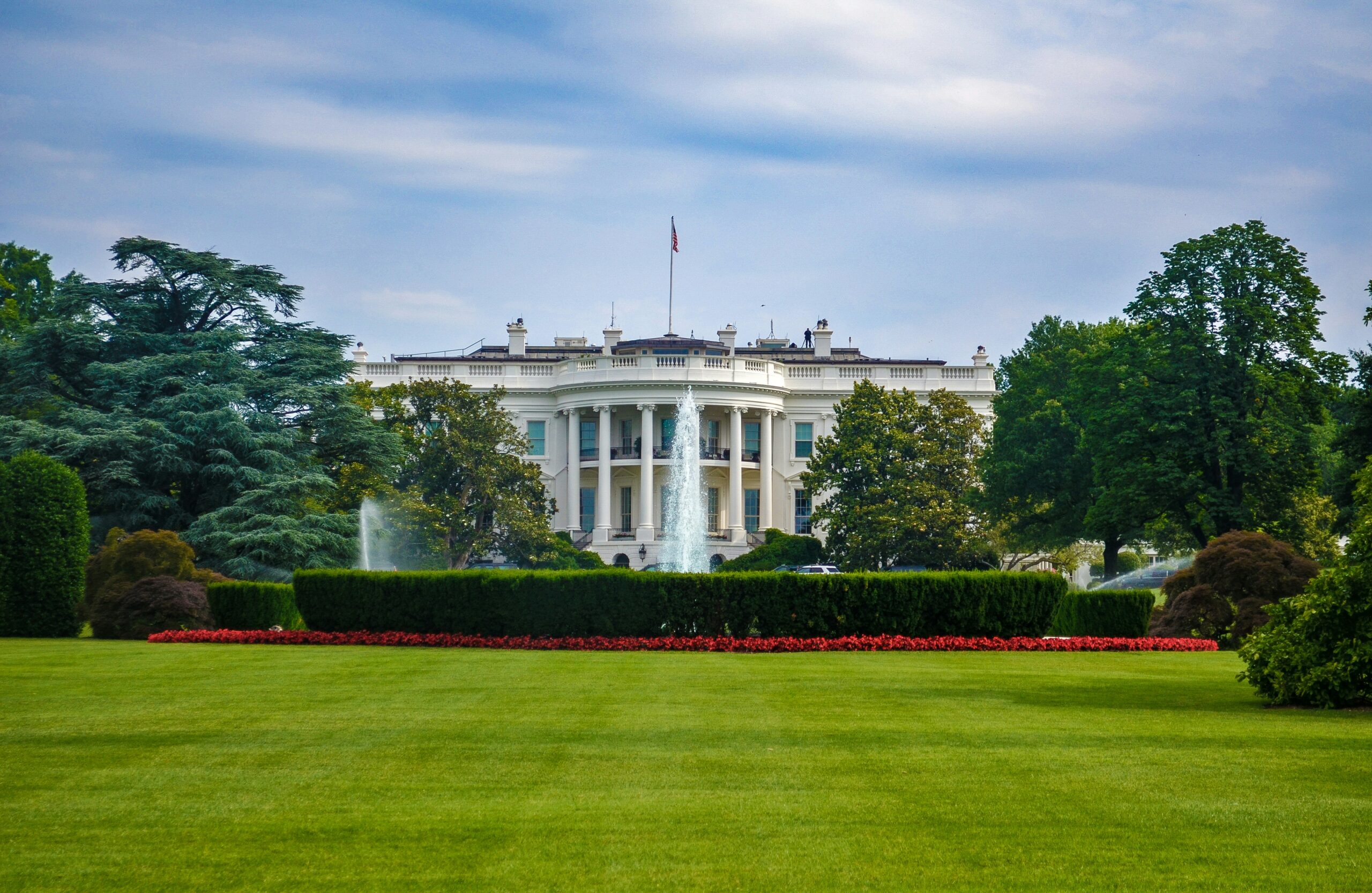
In a recent statement, former President Donald Trump claimed that Washington, DC is ‘overtaken by crime,’ a stark contrast to his remarks three months prior, asserting that crime rates had declined in the capital. This analysis seeks to unpack these conflicting assertions, exploring the implications for residents and policymakers alike.
Key Facts
- Trump recently described Washington, DC as being ‘overtaken by crime.’
- Just three months earlier, he had stated that crime in the city was on the decline.
Background
The issue of crime in Washington, DC has long been a topic of national concern, reflecting broader debates on safety and security in American cities. Trump’s recent comments come at a time when urban crime is a hot-button issue in political discussions, influencing public perception and policy directions at multiple levels of government.
Analysis of Crime Data
While Trump’s claims present a scenario of rising crime, it is essential to scrutinize available crime data to understand the actual situation. Reports from local law enforcement and crime analysts can provide a more accurate picture, highlighting trends over the months that contradict or confirm Trump’s statements.
Implications for Policy and Public Perception
The contrasting statements by Trump could have significant implications for both policy and public perception. If crime is indeed rising, as suggested in his recent remarks, it could necessitate a reevaluation of current strategies addressing crime in Washington, DC. Conversely, if crime rates are declining, as his previous statement suggested, it could indicate that current policies are effective.
Conclusion
This analysis highlights the importance of basing policy decisions and public discourse on accurate and timely data rather than fluctuating political statements. As such, both policymakers and the public must critically evaluate such claims about crime rates and consider a broad array of data sources to form a well-rounded view of the situation in Washington, DC.